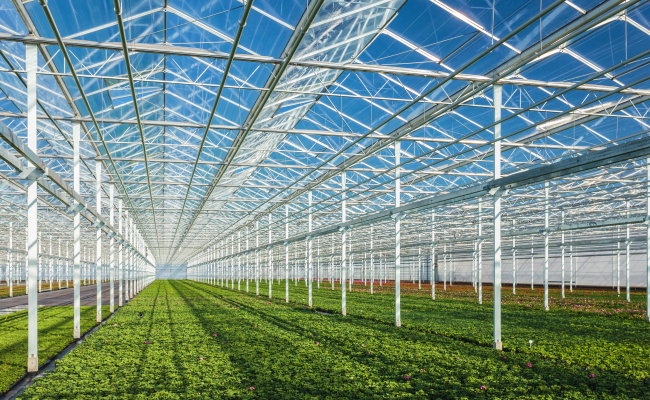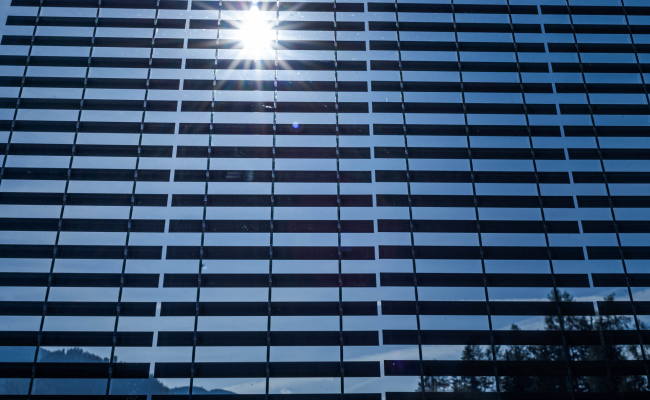Solar Control
Solar Control
The last decade has seen significant improvements in the design and application of solar control glazings in vehicles.
The major drivers are passenger comfort, minimising the degrading effects of the sun's radiation on interior trims and fabrics, and improving fuel consumption by lowering the load on the vehicle's air-conditioning unit.
Additionally, vehicle styling is impacted by the choice of solar control glazing, from dark tints in the rear of the vehicle, to the differentiated colour of infrared reflective windscreens.
Solar radiation is partly reflected, partly transmitted and partly absorbed by a glazing, the degree of each depending on the glazing fitted.
Body-tinted glasses can selectively absorb the sun's energy, whilst glazings with specially designed coatings can be used to reflect solar radiation.
Absorbing Solar Control
Pilkington Automotive is also a market leader in the development of dark tinted automotive glazings, and produces two such suites of glasses, both of which provide significant benefits to solar control, privacy and overall vehicle styling. Due to vehicle safety legislation, requiring adequate light to provide clear driver vision, use of these dark tinted glazings is restricted to rear passenger compartments and to roof glazings.
The Galaxsee™ glass suite is a major player in the privacy glazing segment. Originally developed for the North American market, it also finds global applications. This grey glass has a low light transmission and an even lower transmitted energy value. It reduces the transmitted heat to the interior of the vehicle by approximately 65% in comparison to an optimised green glass used in the front of the vehicle. It also prevents more than 95% of ultraviolet radiation from entering the passenger compartment. Consequently, this glass is increasingly the choice for 'dark-tail' SUVs and MPVs, in addition to being suitable for roof glazing applications.
Sundym™ is a green/blue suite of glasses that blends with the green front door glass to allow both a design choice and an improvement to solar loading. The glass has a light transmission in the range 26-45% over a 3-5 mm glass thickness range. In a vehicle equipped with Sundym™, the heat entering the rear of the vehicle is reduced by 45% when compared to that at the front of the car.
The market continues to adopt these glasses due to the valuable combination of both physical and aesthetic benefits.
Reflective Solar Control
Pilkington Automotive possesses the technology and capability to deliver a coated windscreen product that reflects more than 30% of the sun's energy (more than five times that of a standard glass).
This particularly benefits the new generation of vehicles that are commonly designed with larger glass areas.
Significantly, the Pilkington Automotive coating technique is advantageous in the pursuit of improved vehicle styling, as it can deliver highly complex shapes with exceptional optical quality.
In addition to its coated glass product, Pilkington's Siglasol™ automotive glazing also reflects the sun's heat.
Siglasol™ is constructed from an infrared reflecting film, laminated between two pieces of glass. The product can be used in all vehicle apertures.






























